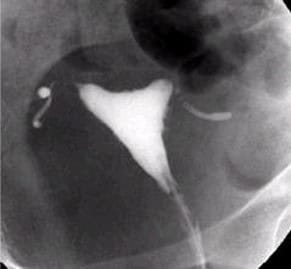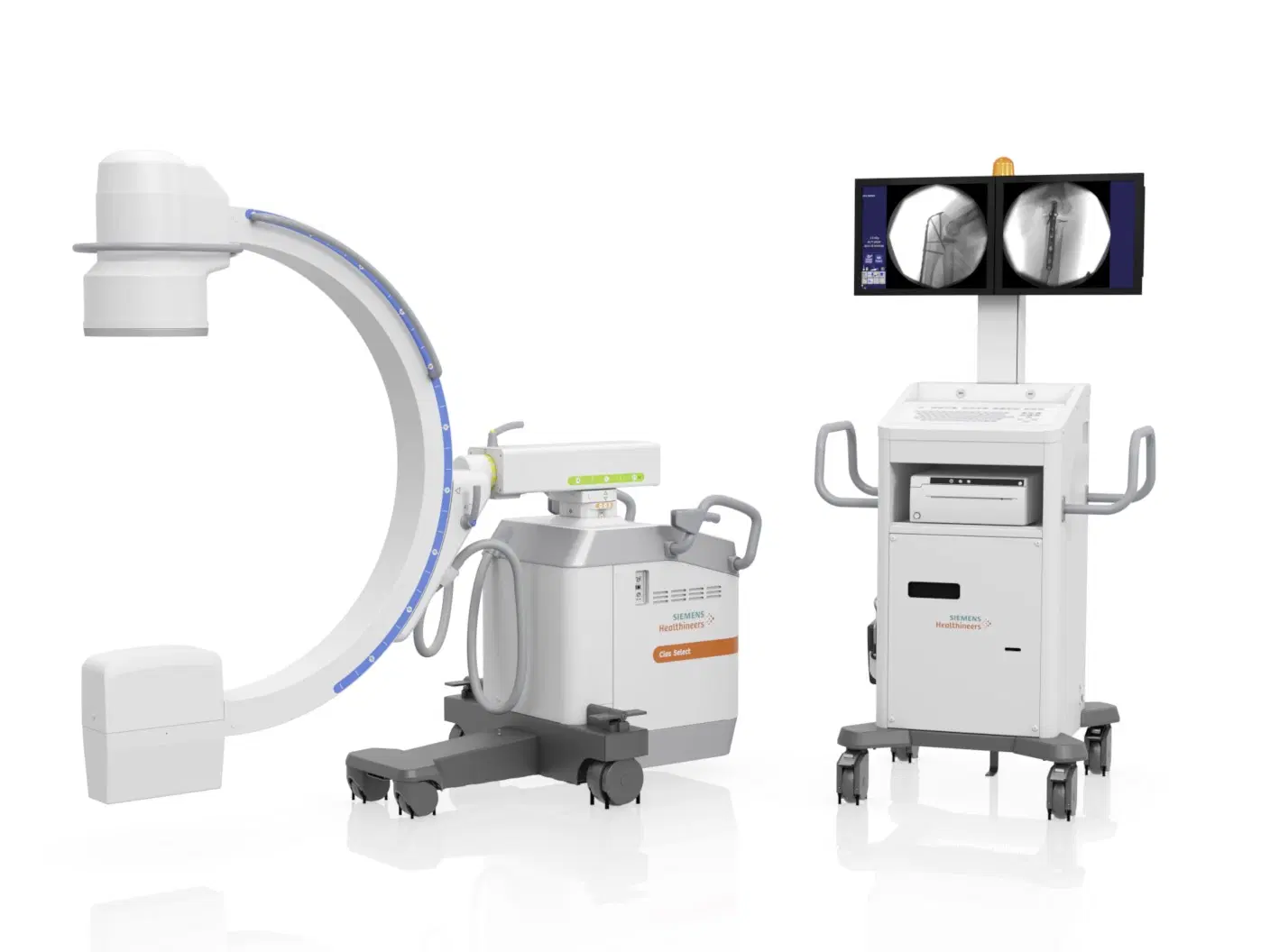A hysterosalpingogram (HSG) is a common tool used to diagnose female infertility. During an HSG test, an iodine-based dye is introduced through the cervix, and x-rays are used to track the movement of the dye through the uterus and fallopian tubes. By viewing the flow of the dye through the woman’s reproductive structures, doctors are able to see the shape of the uterus and pinpoint any blockages in the fallopian tubes.
What can an HSG test find?
During ovulation, a ripe egg passes from the ovary down the thin fallopian tube to the uterus where it may implant and result in a pregnancy. If one or both fallopian tubes are blocked, fertility is greatly reduced. During an HSG test, dye that does not flow all the way through the fallopian tubes indicates a blockage.

In the case of recurrent miscarriage, an abnormally shaped uterus may be the culprit. As the uterus fills with dye during the HSG test, doctors can very clearly see its size and shape and whether there are any abnormalities.
Can HSG be used to treat infertility?
While HSG is primarily a diagnostic tool, some evidence has surfaced suggesting it might also work as a form of treatment. It seems that women who have had “tubal flushing” conceive more often than those who do not. Thirteen randomized controlled trials involving 2,494 women were brought together by Cochrane review authors. They looked at pregnancy rates for women who had not been able to get pregnant after six months of unprotected intercourse. These women received HSG with oil- or water-soluble dye or had no intervention at all.
The evidence suggested that women who had HSG with an oil-soluble medium had increased rates of pregnancy. In fact, the chance of pregnancy increased from 17% to between 29% and 55% after HSG with oil-based dye. HSG using water-soluble dye did not have the same effect. The researchers described the quality of the data as “low” or “very low,” meaning the study is far from conclusive.
However, another study conducted in the Netherlands in 2017 and published in the New England Journal of Medicine found a statistically significant difference in pregnancy rates for women who had HSG with oil-soluble or water-soluble media.
This study, dubbed the H2Oil study, looked at 1,119 women under 38 years of age who had been trying to conceive unsuccessfully for an average of 18 months. Of those who received the oil-based dye, 40% achieved successful pregnancies within six months compared with 29% who received the water-based dye.



